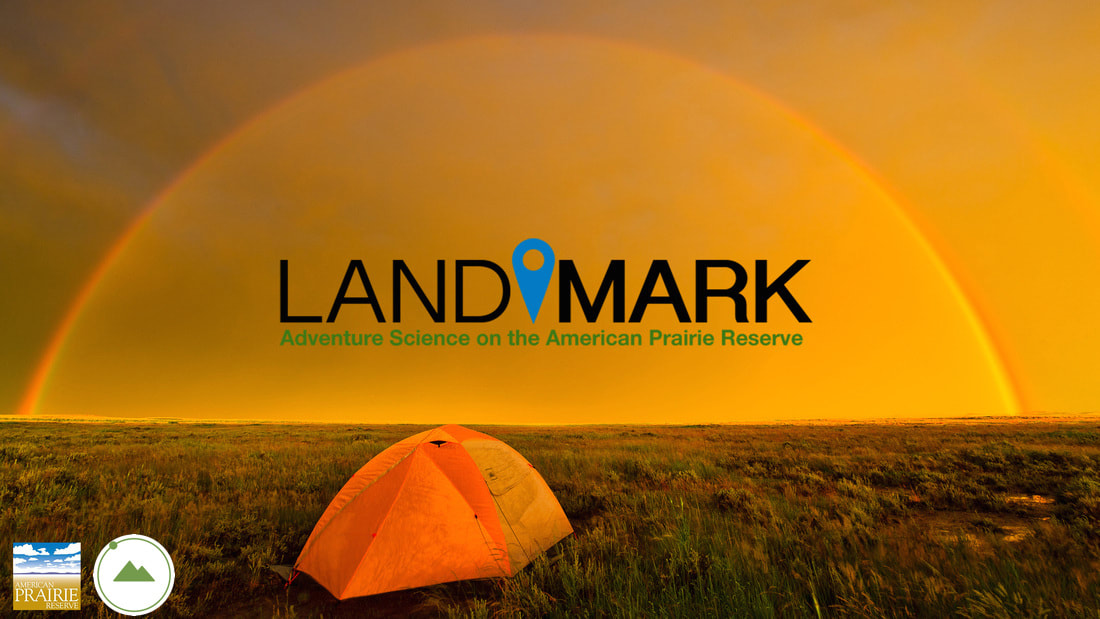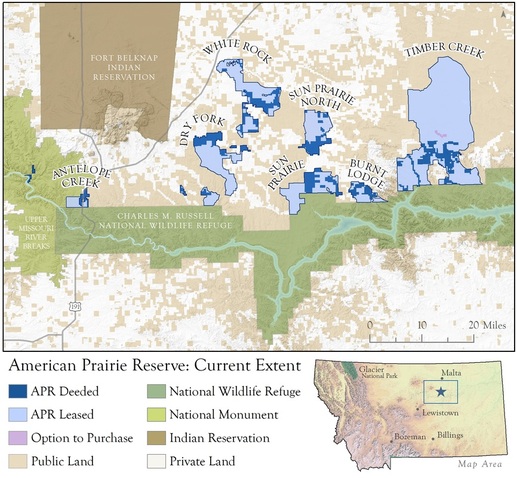
Only four places on Earth still contain vast, unplowed native grasslands: Siberia, Mongolia, Patagonia and the northern Great Plains. Since 2001, American Prairie Reserve has been working in northeastern Montana to create the largest protected wildlife area in the continental United States.
When complete, the Reserve will be larger than Yellowstone National Park and contain many of the species present when Lewis and Clark crossed the plains, including the nation’s largest free-roaming bison herd. Currently, it is home to native wildlife including bison, pronghorn, sage grouse, prairie dog, bald eagle and mountain lion.
Landmark was a multi-year project to collect key wildlife data, build a global constituency for this special ecosystem, and record the human experience of living on the prairie.
Adventure Scientists directed Landmark, recruiting and training volunteer crews, and managing the project database. Crews lived on the Reserve and collected data year-round, exploring the grasslands from the subzero weather of January to the heat of July and August. Today, American Prairie Reserve uses the Landmark data to manage and protect this wild landscape.

Landmark in the News
Read More on the Landmark Notes Blog


